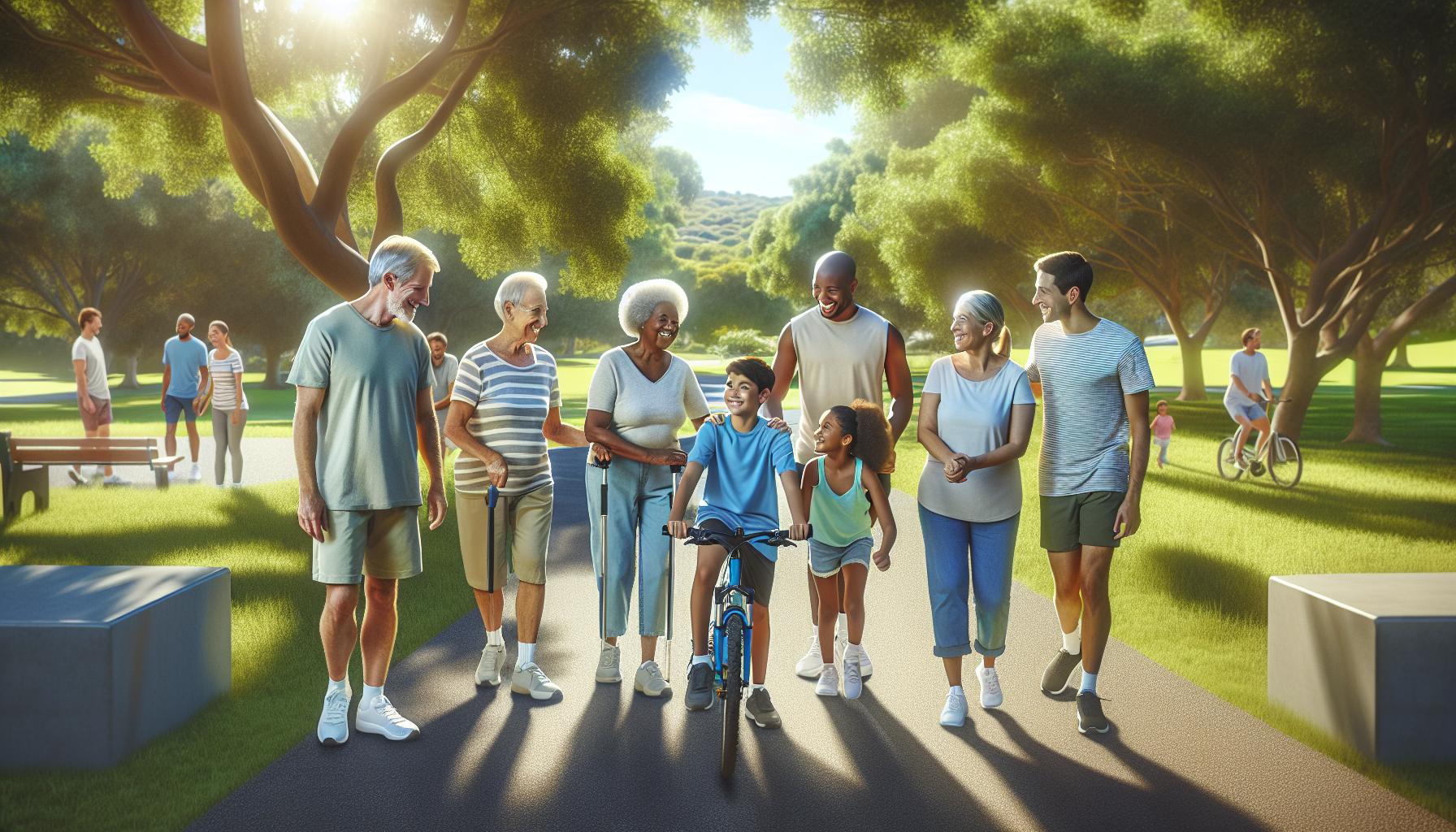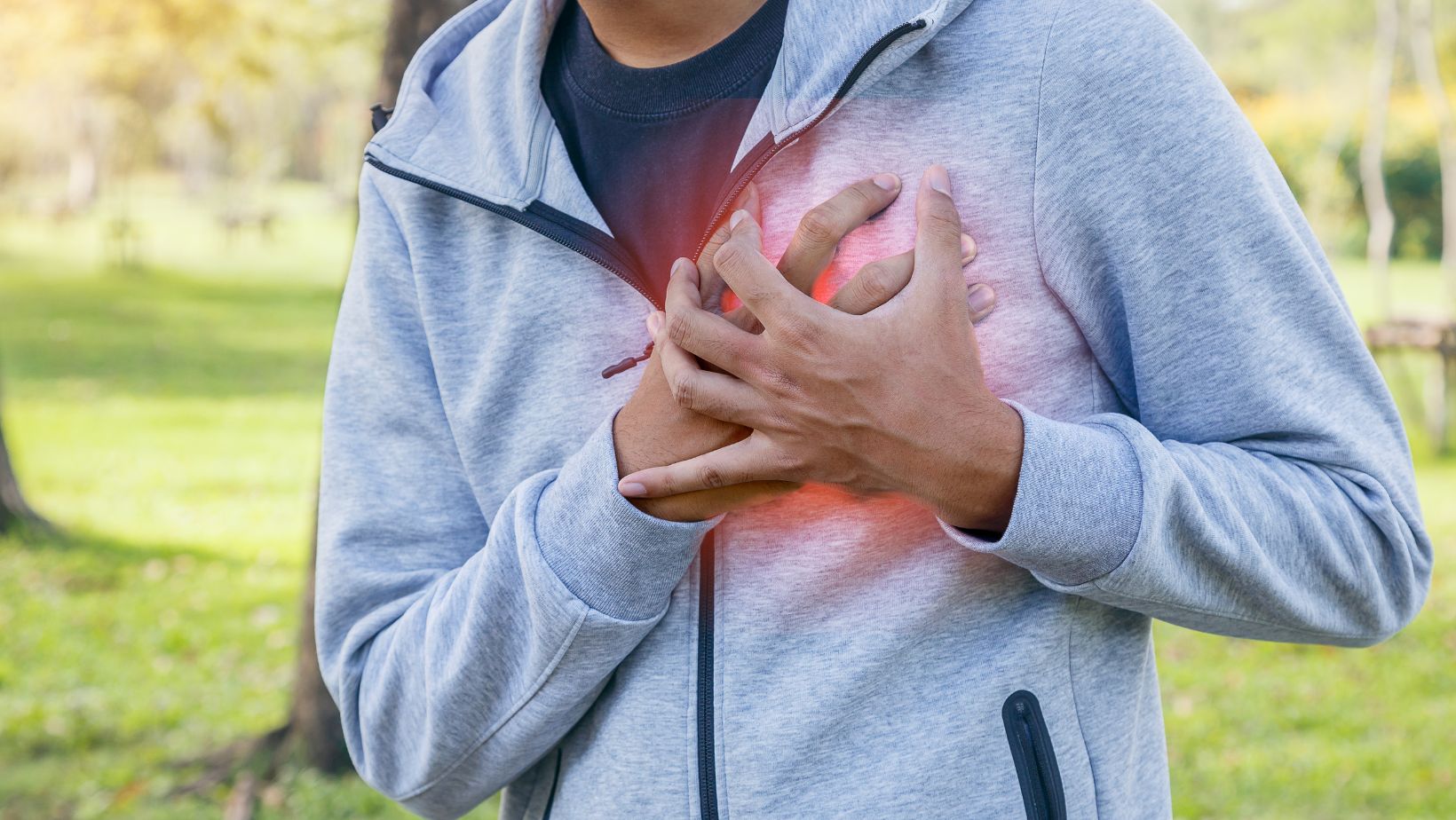Key Takeaways
- Understanding Stroke Impact: Recognize the different types of strokes and their unique challenges; recovery extends beyond physical impairments to encompass emotional and cognitive changes.
- Embrace Lifestyle Changes: Adopt healthier habits, including dietary modifications and regular exercise, to enhance rehabilitation and overall well-being post-stroke.
- Focus on Nutrition: Prioritize nutrient-dense foods such as fruits, vegetables, whole grains, lean proteins, and healthy fats to support recovery and reduce future stroke risk.
- Engage in Physical Rehabilitation: Participate in structured therapy programs to regain strength, mobility, and independence through safe exercise routines tailored to individual needs.
- Leverage Social Support: Strengthening connections with family and friends can significantly improve emotional well-being and resilience, helping to navigate the recovery journey.
- Manage Stress Effectively: Incorporate mindfulness techniques, relaxation exercises, and creative outlets to alleviate stress and foster a positive emotional environment during recovery.
Experiencing a stroke can be a life-altering event that reshapes not just health but daily routines and lifestyle choices. After a stroke, individuals often face new challenges that require significant adjustments to their way of living. Understanding these necessary changes is crucial for recovery and can lead to a more fulfilling life post-stroke.
Adopting a healthier lifestyle can enhance rehabilitation efforts and improve overall well-being. From dietary modifications to incorporating regular exercise, every small step counts. Embracing these changes not only aids in physical recovery but also fosters mental resilience, empowering individuals to reclaim their lives and thrive in their new circumstances.
Lifestyle Changes After a Stroke
Stroke occurs when blood flow to the brain is interrupted, leading to potential brain damage. There are two primary types of strokes: ischemic strokes, caused by blocked arteries, and hemorrhagic strokes, caused by bleeding in the brain. Each type presents unique challenges during recovery.
The consequences of a stroke often extend beyond physical impairments. Individuals may experience challenges such as difficulty speaking, loss of mobility, and cognitive changes. These factors can significantly hinder independence and impact quality of life. Emotional well-being also suffers, with many experiencing depression or anxiety as they adjust to new limitations.
Physical rehabilitation focuses on restoring movement, strength, and coordination. Occupational therapy emphasizes regaining skills necessary for daily activities. Speech therapy supports communication skills, crucial for effective social interaction. Each type of therapy contributes significantly to recovery.
Understanding risk factors is essential. High blood pressure, diabetes, high cholesterol, and smoking increase stroke risk. Lifestyle changes targeting these factors can greatly influence recovery and reduce the likelihood of a subsequent stroke.
Recognizing the broad effects of a stroke is crucial for both individuals and caregivers. Adapting to new realities requires support and commitment to lifestyle changes promoting health and resilience.
Importance of Lifestyle Changes After a Stroke

Lifestyle changes play a vital role in recovery after a stroke. These adjustments not only facilitate physical healing but also support emotional recovery and enhance overall quality of life.
Physical Rehabilitation
Physical rehabilitation involves structured exercises and therapies that focus on regaining strength, mobility, and coordination. Engaging in regular physical activity can improve cardiovascular health and reduce risks associated with sedentary behavior. Rehabilitation typically includes tailored plans that incorporate resistance training, flexibility exercises, and aerobic activities. For instance, incorporating walking, swimming, or cycling can significantly affect recovery. Active participation in physical therapy sessions also encourages independence, as individuals learn adaptive techniques to manage daily activities.
Emotional Well-being
Emotional well-being significantly influences recovery outcomes post-stroke. Adapting to new limitations can lead to feelings of frustration, sadness, or anxiety. Addressing these challenges through social support, counseling, or support groups can foster resilience. Individuals often benefit from understanding that emotional responses are a common aspect of their journey. Engaging in mindfulness practices, such as meditation or yoga, offers stress relief and promotes mental clarity. Additionally, maintaining social connections through family interactions or community involvement contributes positively to emotional health, reinforcing a sense of belonging and purpose.
Nutrition and Diet Adjustments

Nutrition plays a critical role in recovery after a stroke. Proper dietary choices can promote healing and mitigate the risk of subsequent strokes.
Healthy Eating Habits
Healthy eating habits focus on incorporating nutrient-dense foods that support cardiovascular health. Individuals should prioritize:
- Fruits and Vegetables: Aim for at least five servings daily to provide essential vitamins, minerals, and antioxidants. Color variety offers additional health benefits.
- Whole Grains: Choose whole grains like brown rice, quinoa, and whole wheat bread, which deliver fiber and important nutrients, aiding heart health and digestion.
- Lean Proteins: Select lean protein sources such as fish, skinless poultry, beans, and legumes. These foods encourage muscle recovery and overall strength.
- Healthy Fats: Incorporate sources of omega-3 and unsaturated fats, found in fish, nuts, seeds, and olive oil. These fats support brain health and reduce inflammation.
- Low-Sodium Options: Aim for low-sodium foods to manage blood pressure. Read labels to avoid excess salt, which can contribute to cardiovascular complications.
Meal Planning Tips
Effective meal planning simplifies healthy eating post-stroke. Consider these tips:
- Create a Weekly Menu: Outline meals in advance, focusing on balanced options that include all food groups. This strategy fosters variety and adherence to healthy choices.
- Batch Cooking: Prepare large portions of nutritious meals and freeze them for later use. This practice promotes convenience and reduces reliance on unhealthy fast-food options.
- Portion Control: Use smaller plates and serving utensils to help regulate food portions. Recognizing proper portion sizes aids in weight management and prevents overeating.
- Stay Hydrated: Keep hydration in mind by drinking sufficient water throughout the day. Incorporate herbal teas or flavored water for added variety.
- Healthy Snacks: Stock up on healthy snack options, such as nuts, yogurt, and fruit. These snacks support sustained energy levels and prevent unhealthy cravings.
Incorporating these nutrition and diet adjustments fosters a pathway to improved recovery and long-term health after a stroke.
Exercise and Physical Activity

Engaging in exercise and maintaining physical activity post-stroke play crucial roles in recovery and overall health. Structured routines and consistent movement help individuals regain strength, improve mobility, and enhance quality of life.
Safe Exercise Routines
Safe exercise routines are essential to prevent re-injury and ensure progress. Individuals should consult healthcare providers or physical therapists before starting any program. Recommended activities include:
- Walking: Simple and effective for cardiovascular fitness.
- Stretching: Helps improve flexibility and prevent stiffness.
- Resistance training: Builds strength using light weights or resistance bands.
- Balance exercises: Focus on stability to reduce fall risk, such as standing on one leg or using a balance board.
- Aquatic exercises: Reduce stress on joints, making movements easier and safer.
Start with low intensity, gradually increasing duration and intensity based on personal comfort and progress. Monitoring fatigue and discomfort during activity ensures safety.
Incorporating Movement into Daily Life
Incorporating movement into daily life creates a more active routine without the need for a formal exercise session. Strategies include:
- Taking short walks: Opt for stairs over elevators or escalators to promote movement.
- Active breaks: Stand or stretch during periods of rest or desk work.
- Engaging in hobbies: Participate in gardening, dancing, or light housework for purposeful movement.
- Setting reminders: Use alarms or apps to prompt regular activity throughout the day.
- Participating in group activities: Join community classes or exercise groups for motivation and social support.
These actions foster a habit of regular movement, supporting both physical and emotional well-being in the recovery journey after a stroke.
Social Support and Mental Health
Social support significantly influences recovery after a stroke. Connections with family, friends, and community can enhance mental well-being, reduce feelings of isolation, and provide emotional resilience.
Importance of Support Networks
Support networks play a vital role in recovery. They offer emotional comfort, practical assistance, and encouragement. Engaging with family members, participating in stroke support groups, and involving friends fosters a sense of belonging. Research shows that individuals with robust social networks experience lower levels of depression and anxiety, which promotes a more positive recovery outlook. Moreover, these relationships facilitate open discussions about feelings, helping to process emotions related to the stroke experience.
Strategies for Managing Stress
Managing stress after a stroke is essential for mental health. Effective strategies include:
- Mindfulness techniques: Practicing mindfulness meditation helps cultivate awareness, reducing stress and anxiety.
- Relaxation exercises: Engaging in deep breathing exercises or progressive muscle relaxation promotes physical and mental calmness.
- Physical activity: Regular exercise improves mood and alleviates stress through the release of endorphins.
- Structured routines: Creating daily schedules fosters predictability, minimizes anxiety, and enhances a sense of control.
- Creative outlets: Participating in hobbies like painting, writing, or gardening can distract from stress and provide emotional fulfillment.
- Professional support: Seeking therapy or counseling offers tailored strategies for coping with emotional challenges.
Implementing these strategies can enhance emotional resilience, making the recovery journey more manageable and supportive for individuals post-stroke.
Vital Role in Fostering Resilience
Embracing lifestyle changes after a stroke is crucial for recovery and long-term health. These adjustments not only aid physical rehabilitation but also enhance emotional well-being. By prioritizing a nutritious diet and incorporating regular exercise, individuals can improve their strength and mobility while reducing the risk of future strokes.
Social connections play a vital role in fostering resilience, providing support during this challenging journey. With commitment and the right strategies in place, individuals can navigate their new realities and find purpose in their lives again. Adapting to these changes is not just about recovery; it’s about thriving in a healthier, more fulfilling way.
